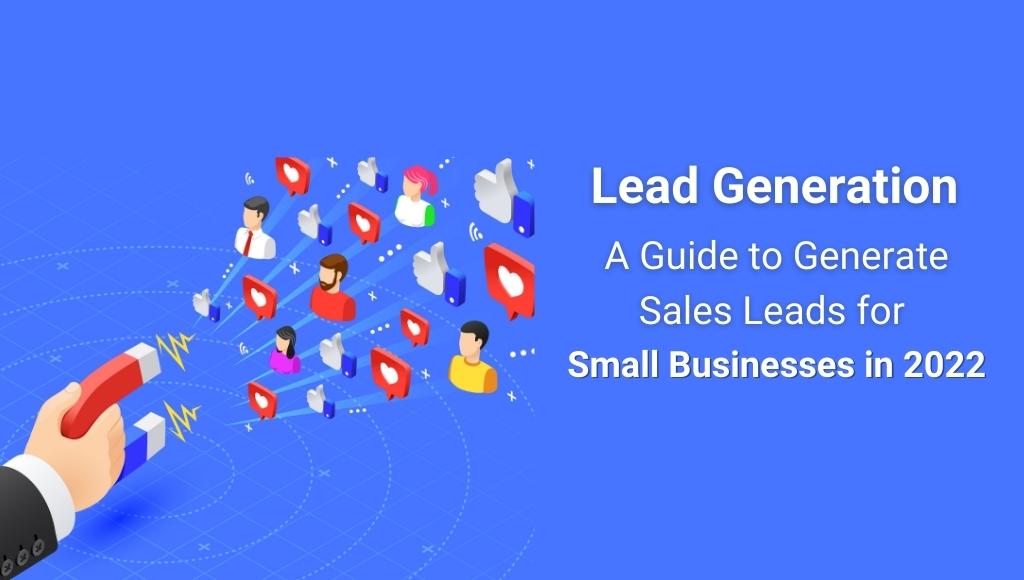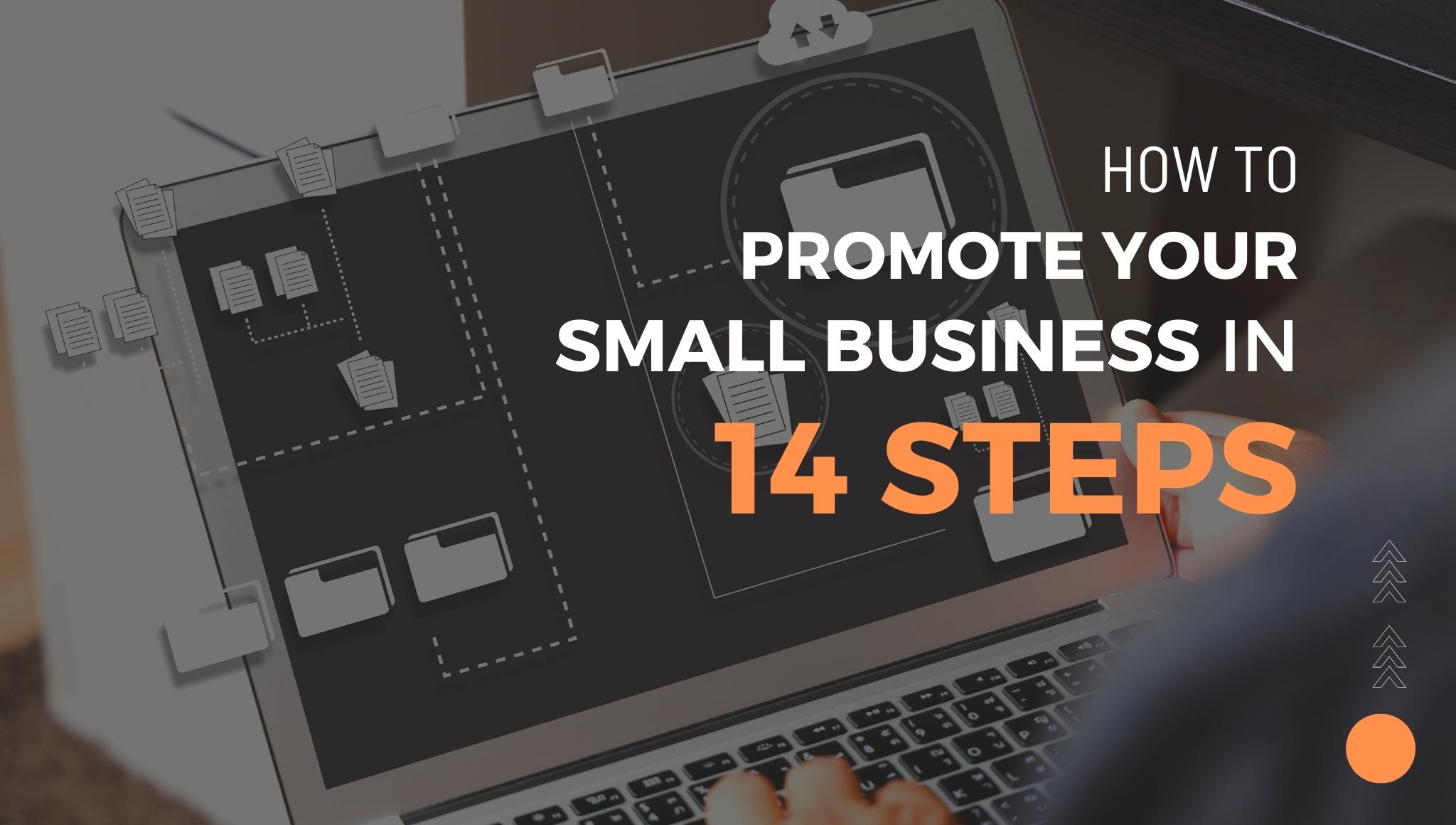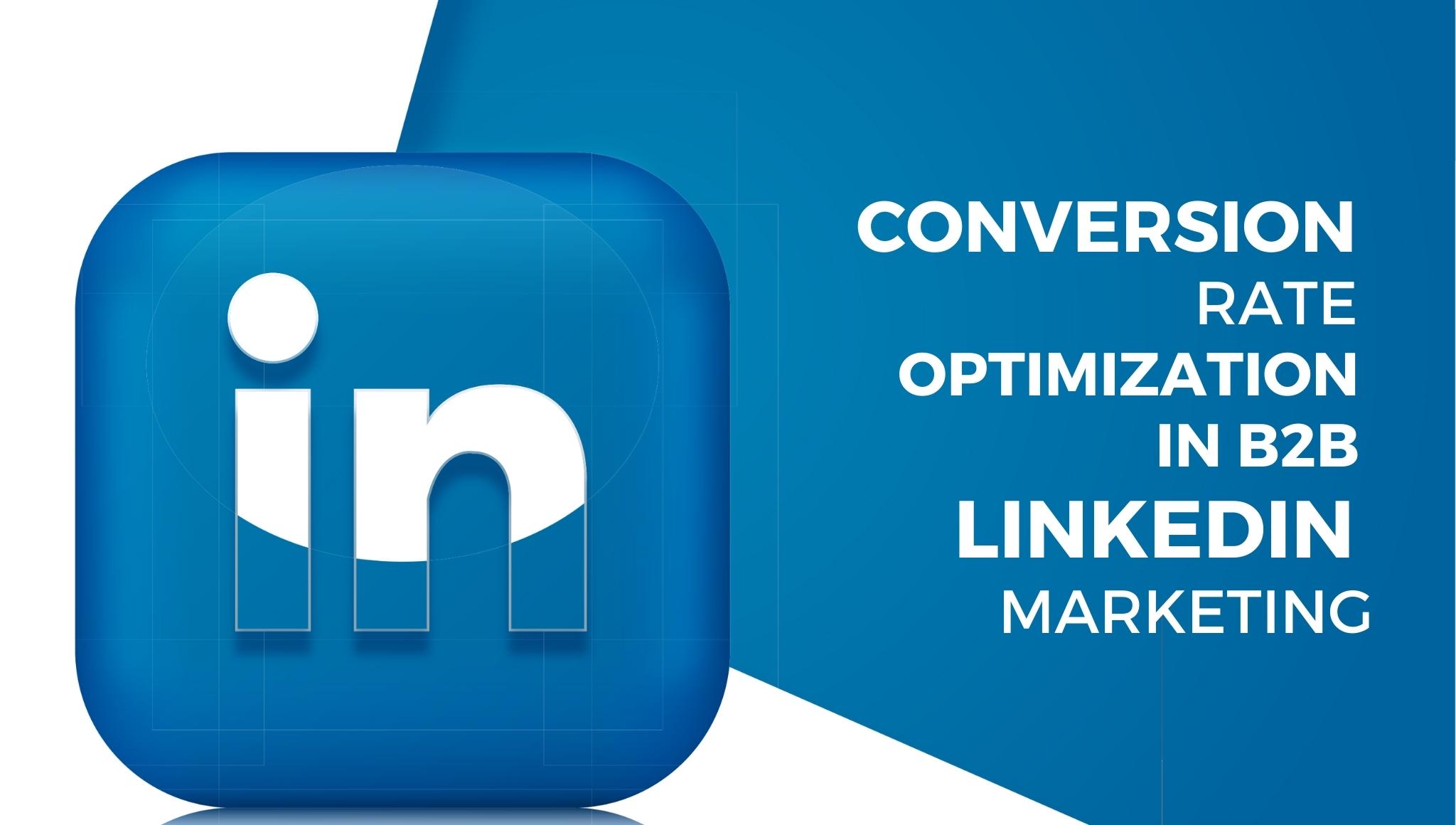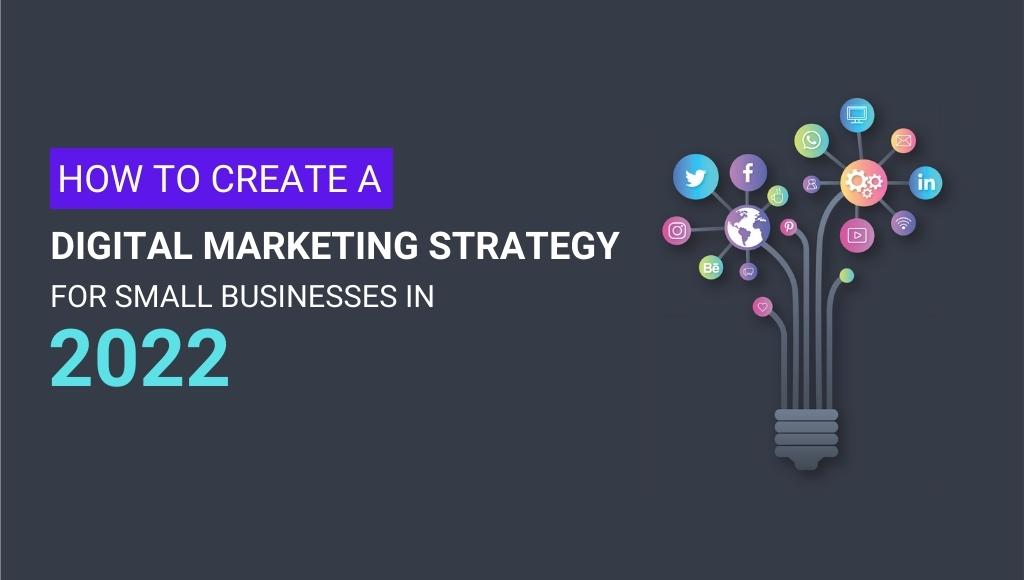Small business owners are continuously looking to expand their user base and grow their businesses. Business growth can be a challenge and a long-term process. Having access to a steady stream of sales leads can help you grow your business exponentially. Know the best tips to generate sales leads.
What is a Sales Lead?
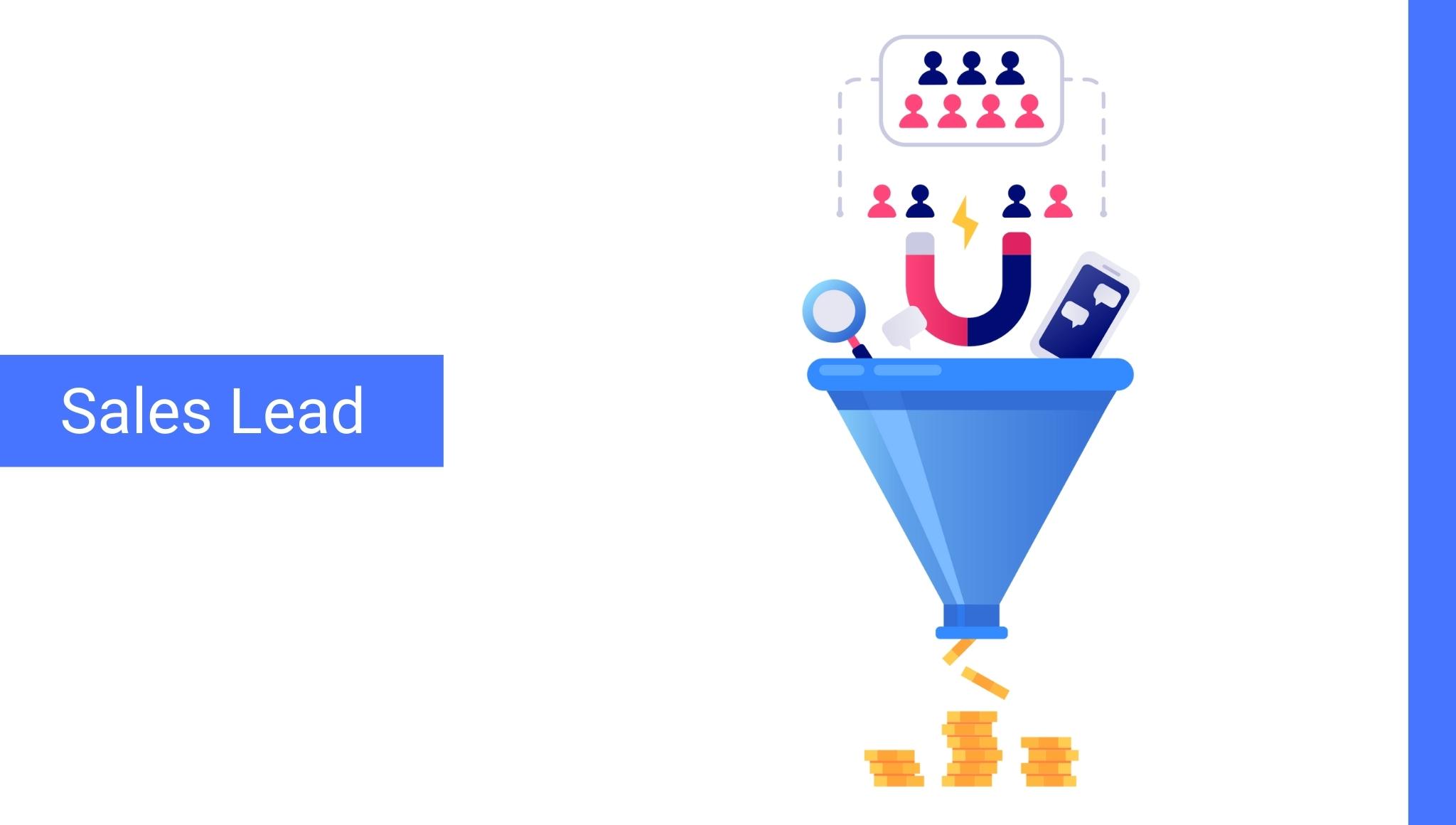
A sales lead is a person who shows interest in purchasing your company’s services and products in some way. Leads typically open communication with a business by submitting their personal information for an offer, survey, or subscription. A lead becomes a prospect once you identify their level of interest and fit as a loyal customer for your business.
Every type of lead is addressed uniquely depending on how they are qualified
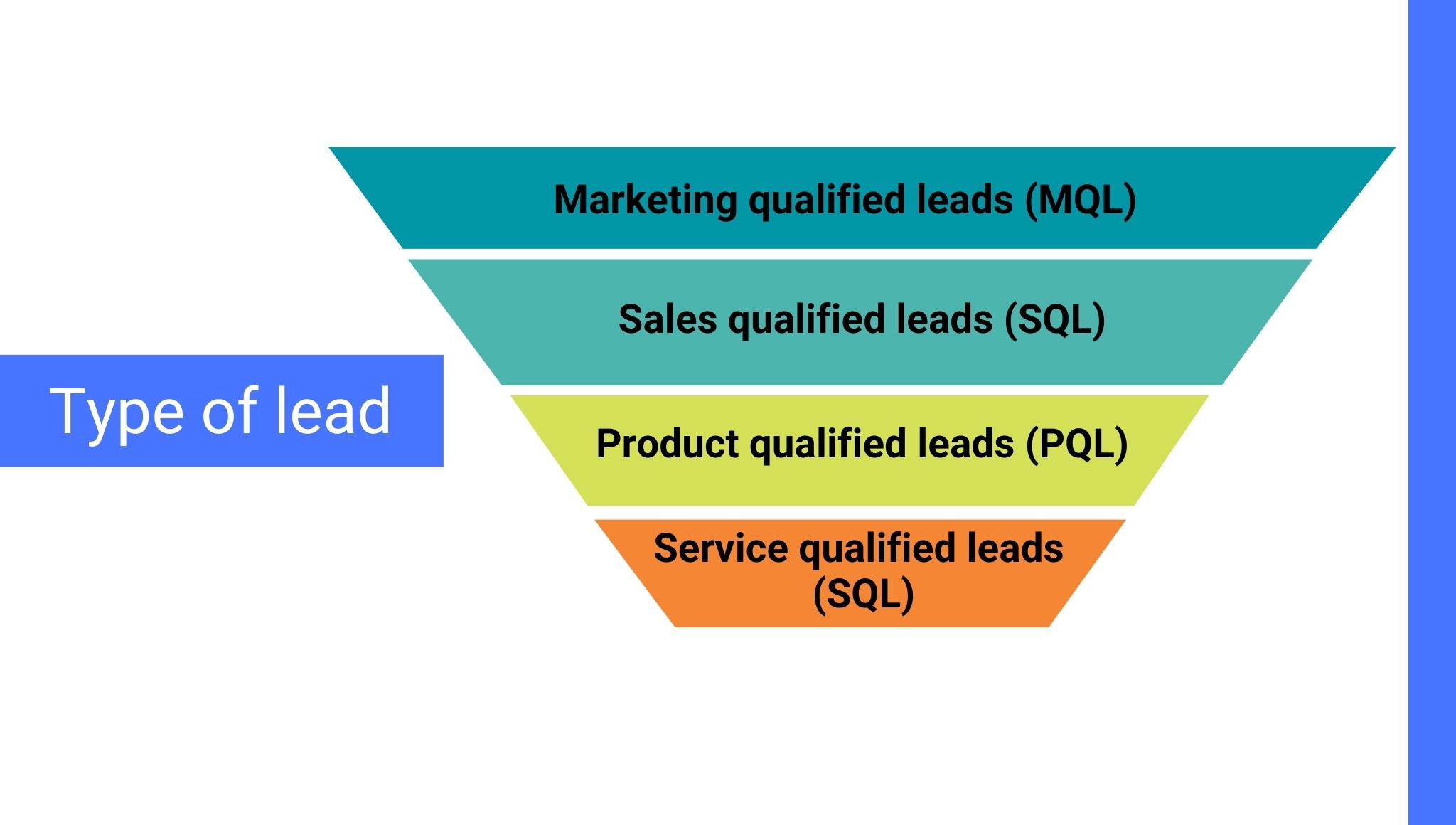
1. Marketing qualified leads (MQL)
Contacts who’ve engaged with your marketing team’s efforts are known as MQL.
For example, MQL is a person who fills a form on your landing page from an offer.
2. Sales qualified leads (SQL)
Contacts who have taken actions that indicate their interest in becoming paying customers are known as SQL.
For example, SQL is a person who fills out a form to ask a query about your goods and services.
3. Product qualified leads (PQL)
Contacts who have used free versions of your product and show interest in becoming paying customers are known as PQL.
For example, PQL is a person who uses a limited or free version of your services or products but asks about features that are paid for.
4. Service qualified leads (SQL)
Contacts who have indicated to your service team that they are interested to become paying customers are known as SQL.
For example, SQL is a person who tells your service team that they would like to upgrade their product subscription.
What is lead generation?
Lead generation is a process of converting potential prospects into customers. In marketing Lead generation is the act of attracting customers for your business output. This includes a customer providing you with their information for follow-up regarding your products and services.
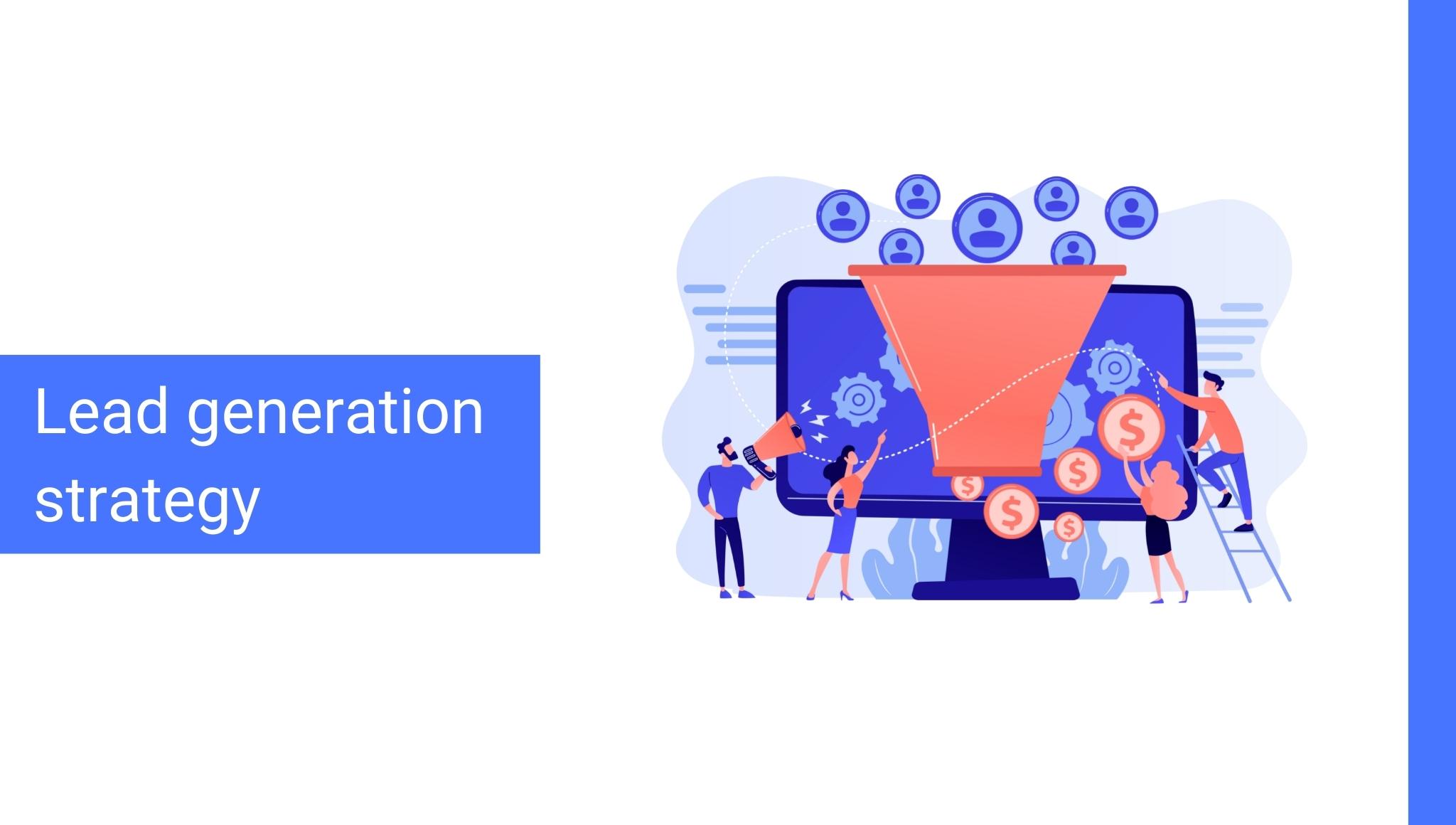
For example, for your design firm to generate leads, you might receive:
-
- A form submission from a potential client inquiring about your services.
- A phone call from a potential client to set up a meeting.
- A DM to your inbox from your social media accounts asking about your rates.
- An email from a potential client asking for photos of your client sites for reference.
Thus, your lead generation strategy always results in the exchange of a potential customer’s contact or payment information, or an in-person meeting.
Why lead generation strategy is important for small businesses?
When a stranger shows organic interest in your business, the transition from a stranger to a prospect and then to a customer is much more natural. Lead generation falls in a stage where you’ve attracted audiences and is ready to convert them into leads for your sales team. Such leads are termed as Sales qualified leads.
The lead generation process has a few common stages in the lead lifecycle:
-
- Strangers discover your business through your marketing strategies like keywords, blog posts, and social publishing and they become your visitors after landing on your webpage by utilizing the call-to-action button.
- These visitors share their personal information in exchange for an offer.
- Voila! You have a new lead
Let me simplify it, Visitor clicks a call-to-action button that takes them to the landing page of your website where they fill out a form in exchange for an offer, at which they become a lead.
After putting all these elements together, you can utilize different promotional platforms to drive traffic to your website to start generating leads.
Buying leads can be expensive for a small business on a budget, so it is recommended to generate leads organically.
How to generate sales leads for small businesses?
Whether you build or buy leads, a lead generation strategy is important for your lead generation marketing plan. Here are a few ways to generate leads for your small business.
1. Identify your target audience
The very first step of a lead generation plan is to identify your target audience. You should always research your audience to learn more about their personal interests, their lifestyle, and their personality.
2. Direct engagement
Directly engaging with a new customer is a great approach for small businesses to generate leads. The small business revenue model operates on low-value sales, so it’s the best rule to obtain more leads for your business.
You can reach out to prospects directly on social media channels like Facebook, Twitter, and Instagram which provides many opportunities for small businesses to create conversions with prospective customers and generate leads. You can also communicate by email, by phone, or by meeting in person.
For example, if you run a design firm and there’s a large property being built in the area, call the builder about designing the completed estate. This way you can easily generate leads for your local business in any area where your business may service.
3. Ask for referrals from current customers
Your existing customers are the best sources of sales as they have already purchased from you, and they already know that your products and services are good. Hence, they should be an important part of your lead generation strategy to attract new sales leads.
Always ensure that your customers are satisfied with your products and services. Set up a time to have a quick conversation with your existing customers and ensure that they understand you appreciate their relationship.
If your services have delighted an existing customer, ask them to share their experience with their family and friends who also might benefit.
Customer referrals are effective and profitable, and your current customer is doing most of the work. This oldest lead generation strategy is a must for every small-scale business for lead generation.
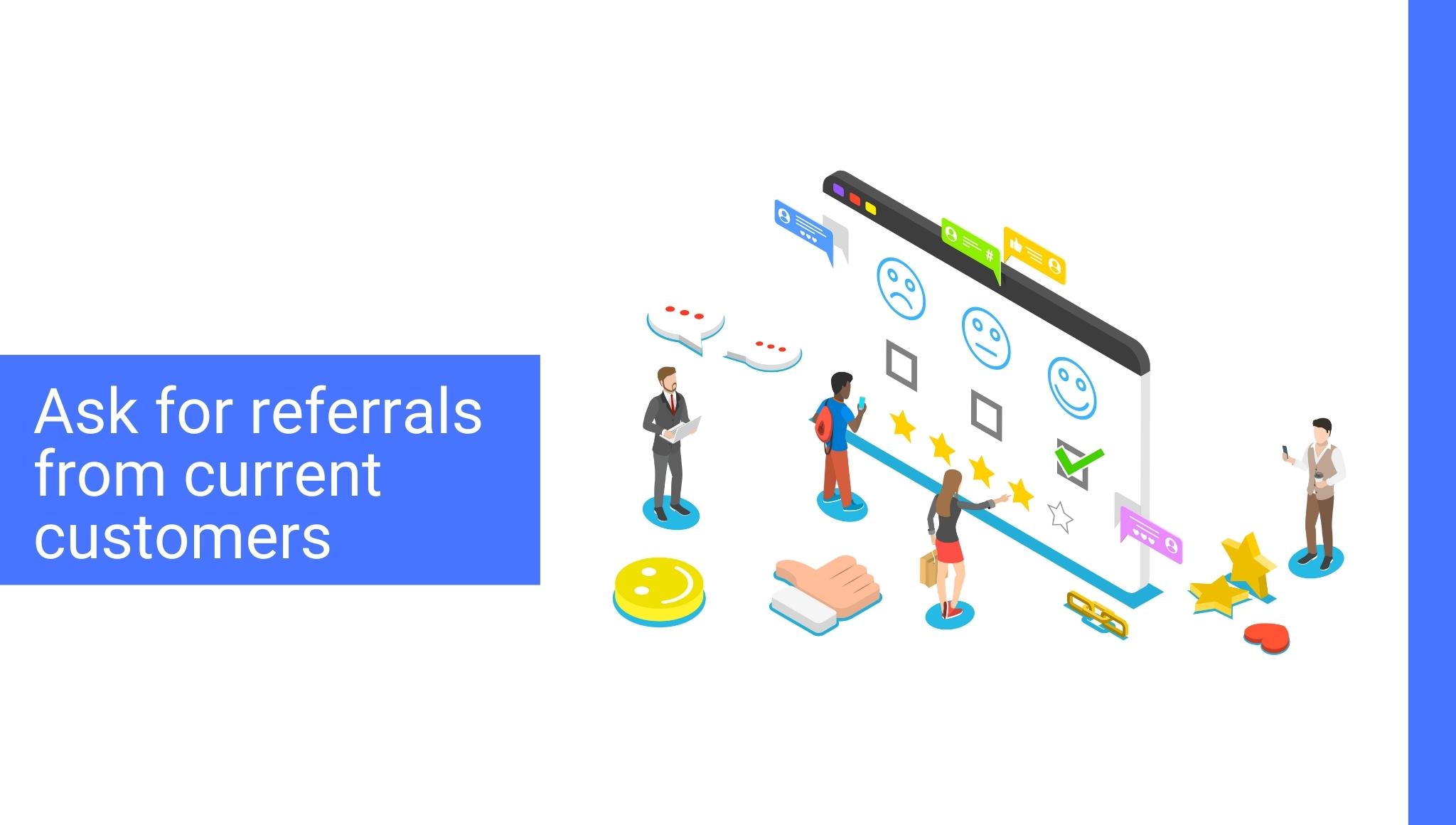
4. Advertise and retarget
Utilizing targeted pay-per-click advertising on search engines like Google and Bing, you can grab the attention of people to your business and convert them into leads.
Imagine you are a new salon in Nagpur trying to market your services across the city. You can create an ad that targets phrases like, “best salon in Nagpur”, or “new salon in Nagpur” and even use a geo-filter to target customers that are searching for a good salon in Nagpur.
Digital advertising takes time to show positive results. Very few visitors convert on their first visit to your webpage. You can retarget those visitors to show visual advertisements for your business and wait for them to convert.
5. Engage with sales leads at networking events
Attending online networking events can help you meet your leads online. Networking is an effective way to reach out to new people and build relationships. Networking also allows you to meet prospects face to face.
You can exchange your business cards with the new people you meet at the event, and save their information in your customer relationship management system.
You can ask the people from an online networking event to connect with you on LinkedIn. It’s a great way to stay in touch.
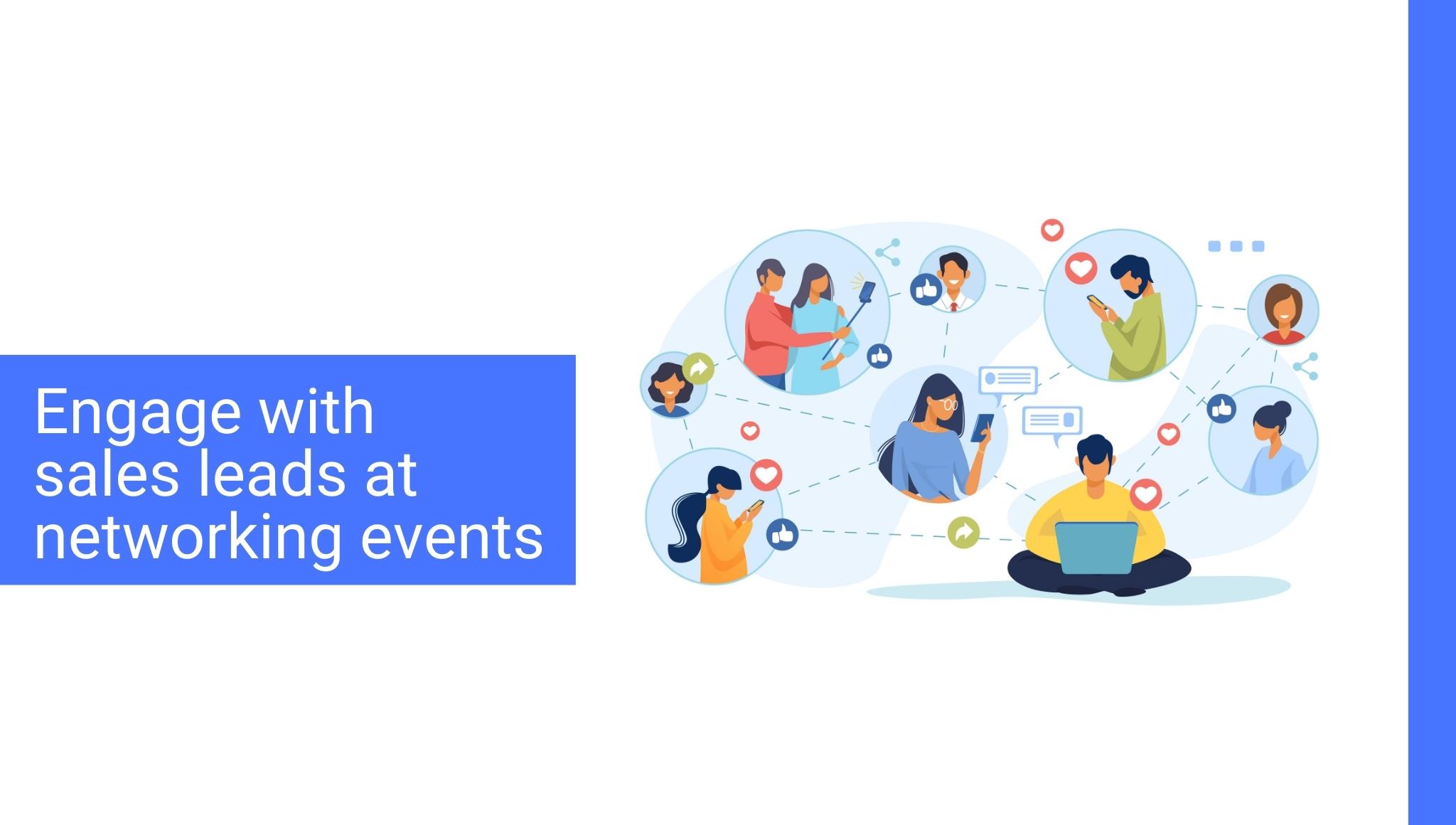
6. Optimize your social media profiles to attract ideal sales leads
If you have social media accounts on Facebook, Instagram, Twitter, or LinkedIn then it is important to keep them up to date. It helps to attract the attention of customers and makes it easier to connect. You can even share promotional offers on your social media handles that will help to compel your audiences to follow you and establish connections.
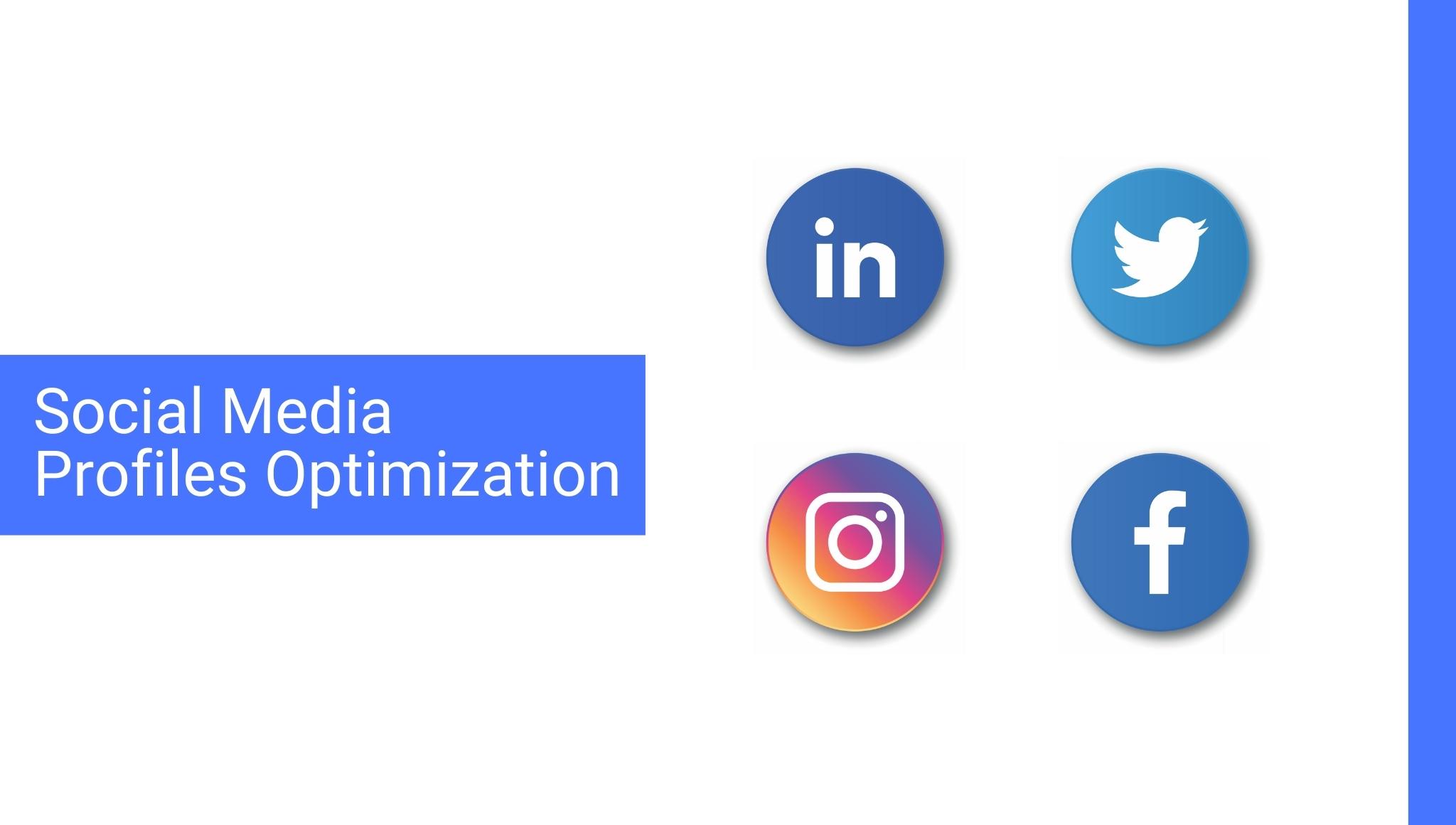
7. Create a sales funnel
Once you know your targeted customers and the best possible way to reach them, you should have a plan for collecting contact information. The first step is to funnel all the prospects and convince them to share their contact information, generally in exchange for an offer, a free gift, or incentives. It is very important to have a CRM database to keep track of the lead generation process.
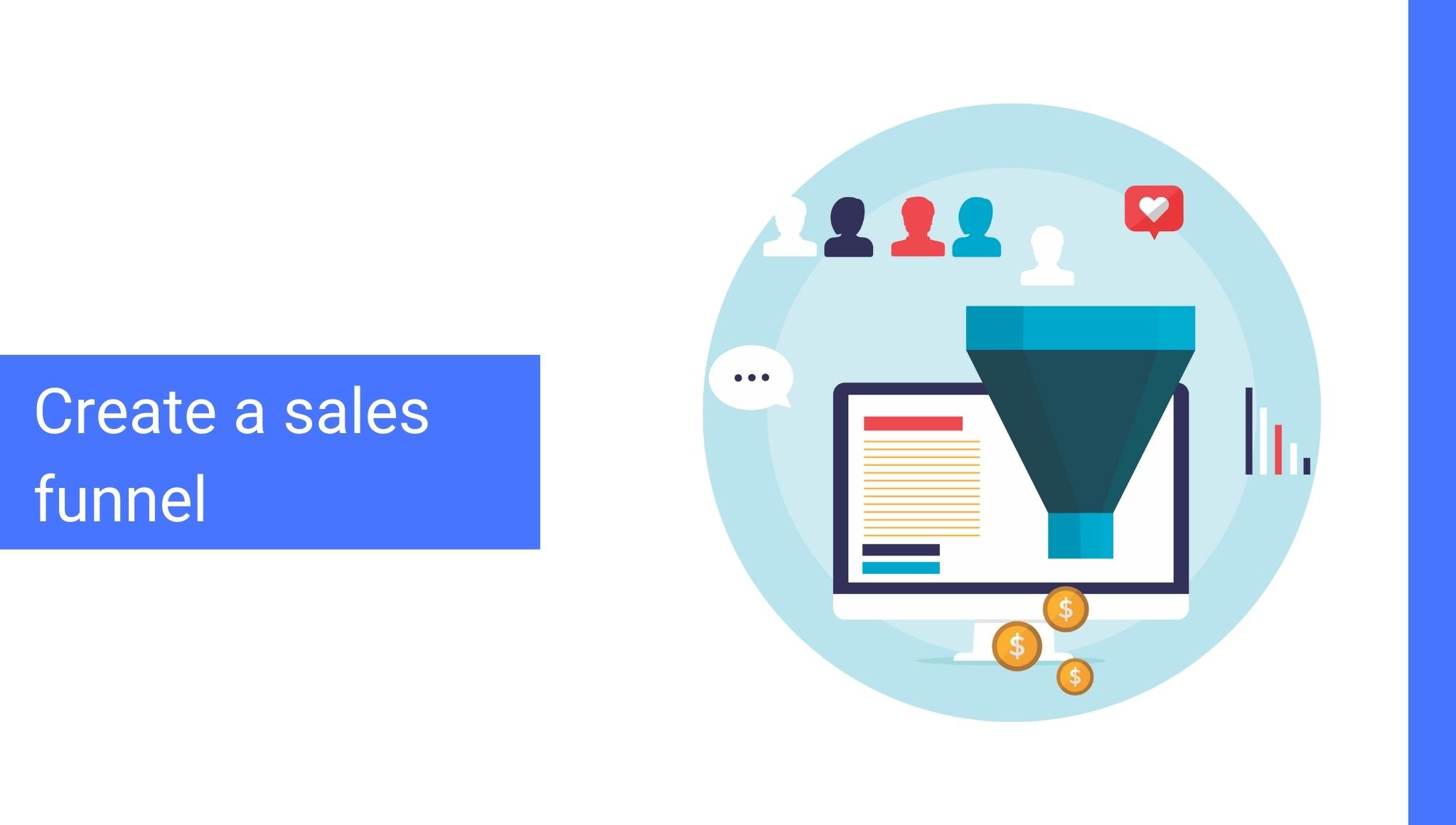
-
-
LinkedIn
Create a solid title and description that will attract your audience. Your summary should describe your business. It should tell your customers what you are and what you do.
-
Twitter
With your company’s title and a link to your company’s account, you should add a professional profile photo that is readable, a LinkedIn account link, and hashtags that are necessary to get you found by the audience. Keep your account active by retweeting information relevant to your industry, and don’t forget to follow potential sales leads.
-
Instagram
This social media channel is very visual. Include an attractive professional profile picture along with relevant hashtags that would matter to your sales leads. Keep it professional yet a source of fun.
-
Facebook
With a Facebook social media community that aligns with your industry, you can directly tap into your potential customers. CRM group on Facebook includes people like sales professionals, so it makes sense to join the group.
-
8. Use an email newsletter or email sequencing
Now that you are in contact with prospective customers, it’s time to create an email sequencing to create consistent communication. This email feature allows you to send a series of emails automatically to a group of people on a mailing list. The goal of email marketing is to build customer interest in your products and services.
There are 2 main types of email sequencing:
1. Trigger-based sequence
It sends emails based on the actions taken by the customers such as browsing your webpage, buying a product, subscribing to your services, or leaving something unpurchased in the shopping cart.
2. Time-based sequence
It sends emails at a specific time such as on anniversary dates, birthdays, etc.
9. Host a webinar
Online workshops and webinars allow you to share your knowledge and educate people online. Articles and blog posts help you in sharing information, but it is just one-way communication. Online webinars and workshops provide two-way interaction, which is more impactful in generating sales leads. Sharing knowledge online in this format establishes trust and increases the possibility to attract more leads.
Every person who signs up for the online workshop or webinar is a legitimate sales lead. Recording your webinar sessions will help people to watch the session even when you are not there and you can even answer their questions later when possible.
10. Live chat with users
By creating a personalized chatbot for your company you can converse with your leads anytime. Chat technology is more than just a mode of communication. It can do a lot more than say “Hi”.
When someone visits your website, a chatbot appears on their screen with a customized welcome message.
A chatbot can ask questions, provide responses required by the sales leads, answers questions, qualify sales leads, and so on.
You can review the conversation between the chatbot and the sales lead to know more about the customer requirements.
Conclusion
Lead generation is the key to growing a small business. Use the key techniques outlined in this article and keep a watch on your analytics. It will help you to identify what works and what doesn’t. Once you start seeing positive results automate parts of your lead generation process to save time. This will allow your sales team to invest more time in high-value work like qualifying sales leads and less time in repetitive tasks.
